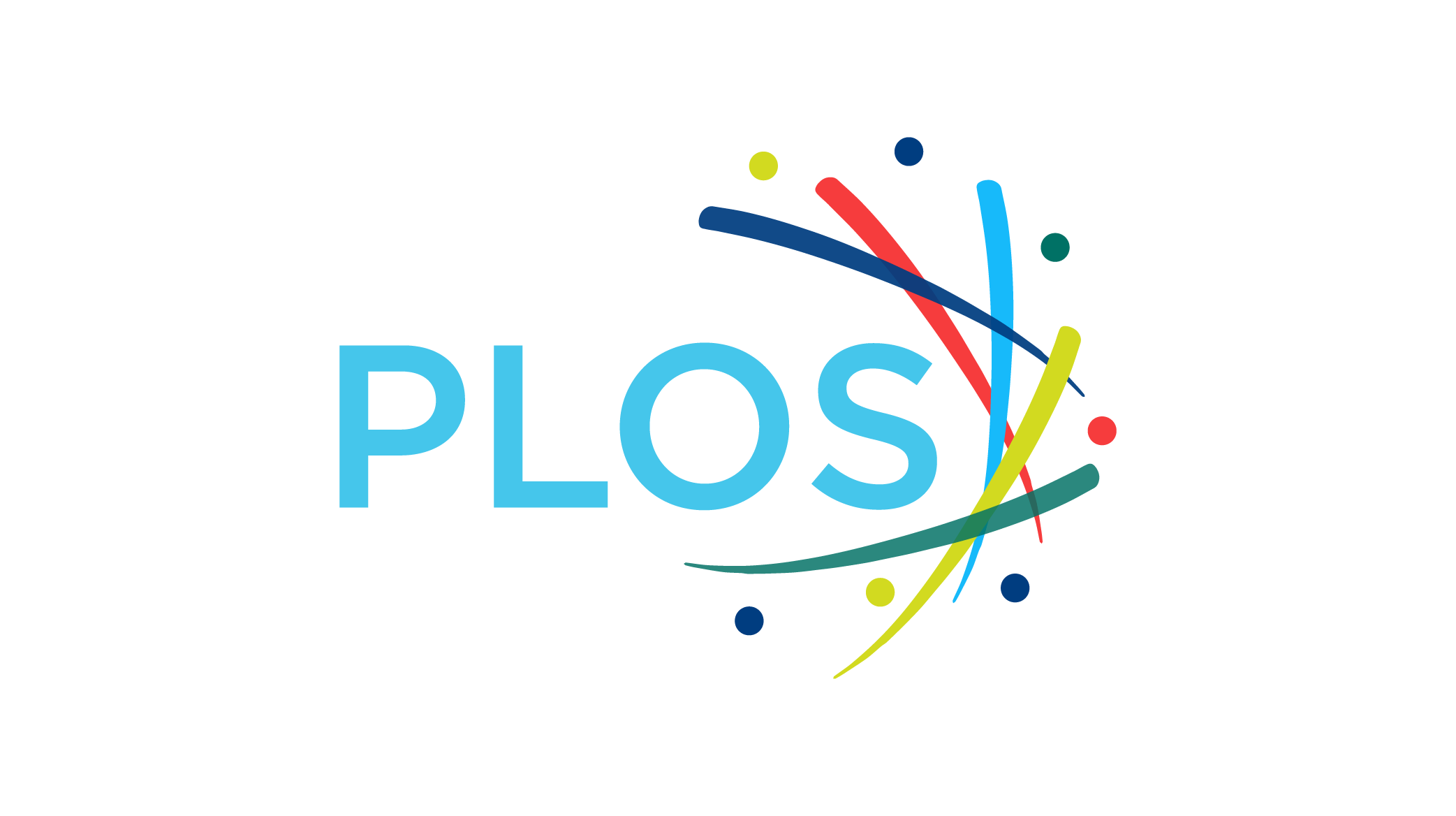
Efficacy of virtual reality to reduce chronic low back pain: Proof-of-concept of a non-pharmacological approach on pain, quality of life, neuropsychological and functional outcome
23 Maggio 2019
Objectives: Chronic pain, such as low-back pain, can be … Efficacy of virtual reality to reduce chronic low back pain: Proof-of-concept of a non-pharmacological approach on pain, quality of life, neuropsychological and functional outcome
Objectives: Chronic pain, such as low-back pain, can be a highly disabling condition degrading people’s quality of life (QoL). Not every patient responds to pharmacological therapies, thus alternative treatments have to be developed. The chronicity of pain can lead to a somatic dysperception, meaning a mismatch between patients’ own body perception and its actual physical state. Since clinical evaluation of pain relies on patients’ subjective reports, a body image disruption can be associated with an incorrect pain rating inducing incorrect treatment and a possible risk of drug abuse. Our aim was to reduce chronic low-back pain through a multimodal neurorehabilitative strategy using innovative technologies to help patients regain a correct body image.
Methods: Twenty patients with chronic low-back pain were included. Before and after treatment, patients underwent: a neurological exam; a neuro-psychological evaluation testing cognitive functions (memory, attention, executive functions) and personality traits, QoL and mood; pain ratings; sensorimotor functional abilities’ testing. Patients underwent a 6 week-neurorehabilitative treatment (total 12 sessions) using virtual reality (VRRS system, Khymeia, Italy). Treatment consisted on teaching patients to execute correct movements with the painful body parts to regain a correct body image, based on the augmented multisensory feedback (auditory, visual) provided by the VRRS.
Results: Our data showed significant reductions in all pain rating scale scores (p<0.05); significant improvements of QoL in the domains of physical functioning, physical role functioning, bodily pain, vitality, and social role functioning; improvements in cognitive functions (p<0.05); improvements in functional scales (p<0.05) and mood (p = 0.04).
Conclusion: This non-pharmacological approach was able to act on the multi-dimensional aspects of pain and improved patients’ QoL, pain intensity, mood and patient’s functional abilities.

